Minimal footprint, enormous safety benefits
Outdoor step lights are used to illuminate a stairway that might otherwise present a hazard at night. Step lighting is a functional requirement that should be set as priority in an outdoor lighting plan. In areas without overhead illumination step lighting make sure people are able to ascend or descend stairs safely and easily after dark. Typically, step lights are small, unobtrusive fixtures that can be recessed into step risers, mounted on flanking walls or installed on the side of deck railing posts or balusters. These fixtures can be used in masonry and wood constructions. Step lights that are used to illuminate steps leading up to an elevated wooden platform are also known as deck lights.
The optical system
Step riser lights are recessed fixtures. Wall mounted step lights can be surface mounted or recessed depending on the width of the stairs and the fixture mounting height. Most of these fixtures are designed to produce downward asymmetric light distribution in order to avoid disturbing glare. Step lights use faceplates to conceal the light source and control the beam spread. Faceplates can be divided into the lensed type, the louvered type, the hooded type, and the cutoff type. Step lights with an opal lens produce softly diffused to provide unobtrusive illumination over steps. The louvered faceplate shields the light source from all viewing angles, making it a great choice for step lighting and other low level applications. The louver design also provides superior vandal resistance. The hooded lights cast a pleasant pool of light over a small area while eliminating glare. The cutoff faceplate allows the light to be distributed in a wide beam and provides tight control of uplight.
Construction
While it’s not uncommon to see round fixtures, step light come mostly in a rectangular shapes with horizontally or vertically oriented faceplates. The housing and faceplate can be constructed of die cast brass, die cast aluminum, stainless steel, or fiber-reinforced composite. Brass is a great quality option for outdoor and landscape lighting as it holds up well in the salty and corrosive air. Aluminum must be finished with a powdercoat finish over a chromate conversion in order to achieve salt, humidity and ultraviolet resistance. The lens is made of tempered flat glass or UV stabilized polycarbonate. The lens is sealed to the housing using silicone gaskets, thereby preventing the ingress of water, dust and insects. Outdoor lights are typically IP65 rated. In some recessed systems a drain slot is provided to guide water away from the fixture.
Technology
Outdoor step lights are built around LED technology and take advantage of integrated design. An LED module is directly integrated into the luminaire, which significantly reduces the depth and volume of the product while allowing the LEDs to dissipate heat through the entire housing. Outdoor step lights come in line voltage (120-277V) and low voltage (12V) versions. A line-powered luminaire has a built-in LED driver which converts power supplied from an alternating current (AC) power source to a direct current suitable for driving the array of LEDs. Low voltage step lights are powered by a remote transformer or an off-grid photovoltaic power system. Operating step lights using PIR motion sensors and dusk-to-dawn photocells enable further energy savings.


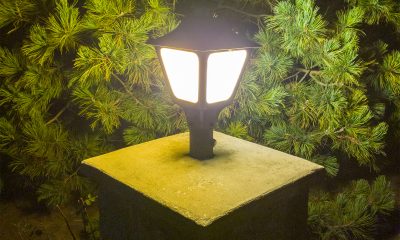
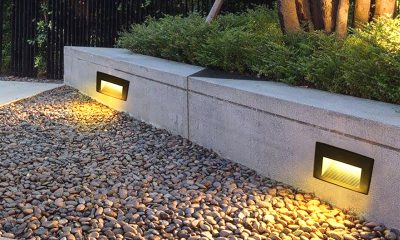
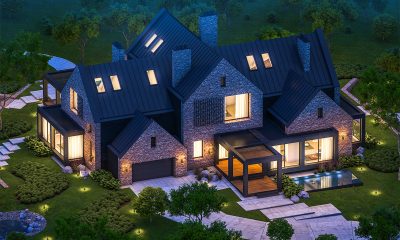
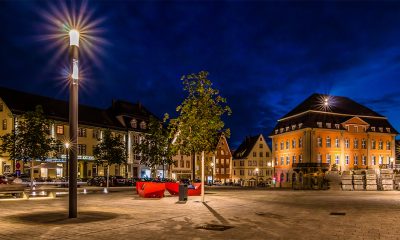
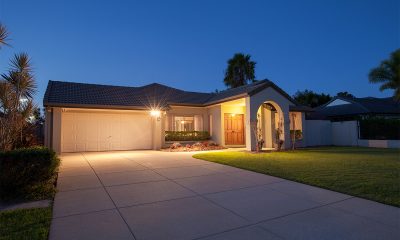
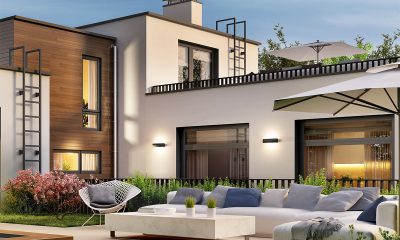
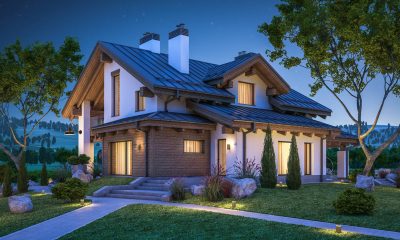
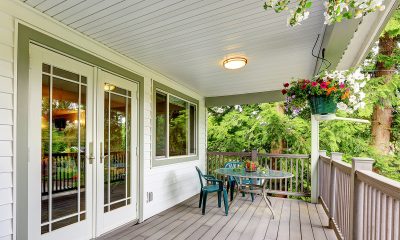
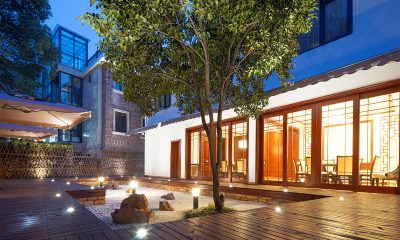
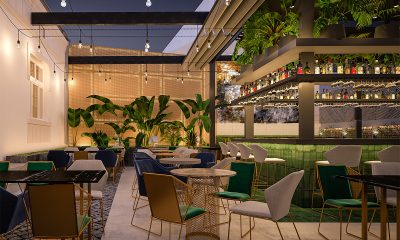
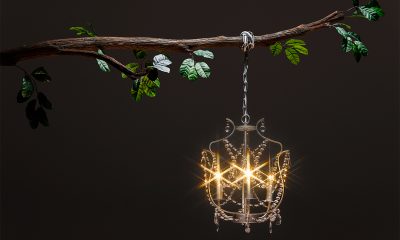
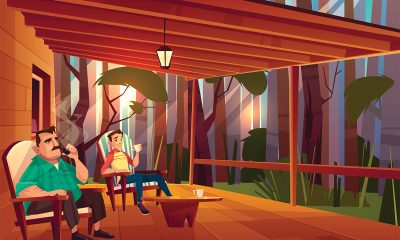





Loading...